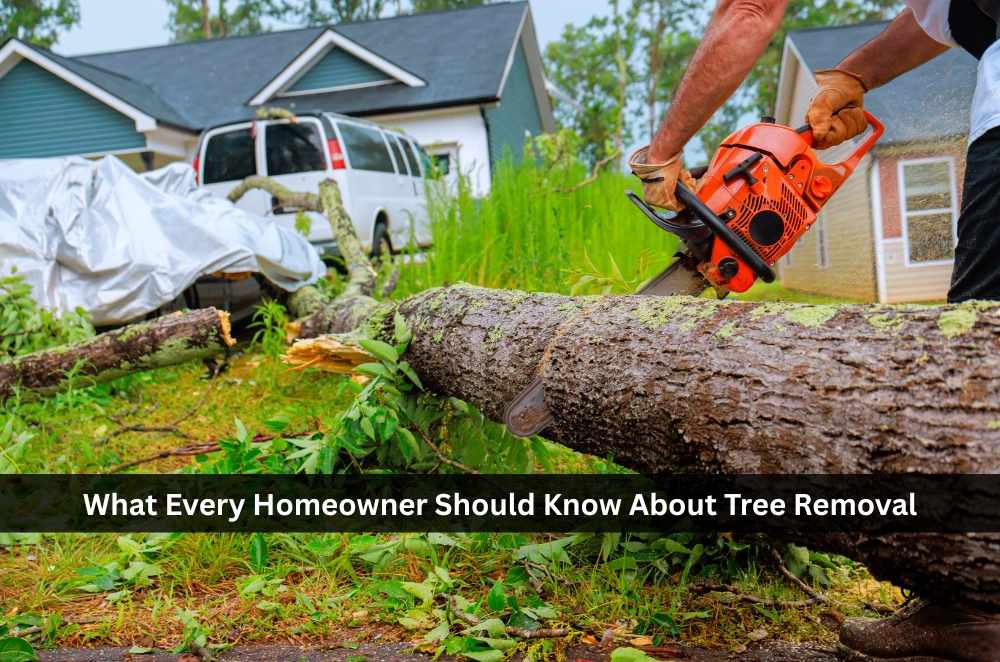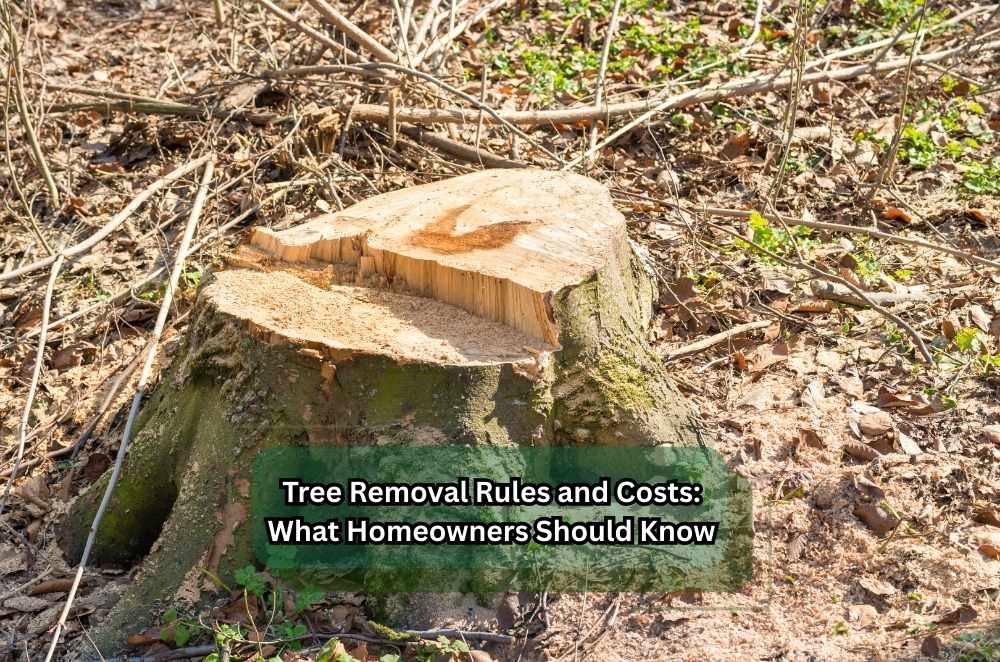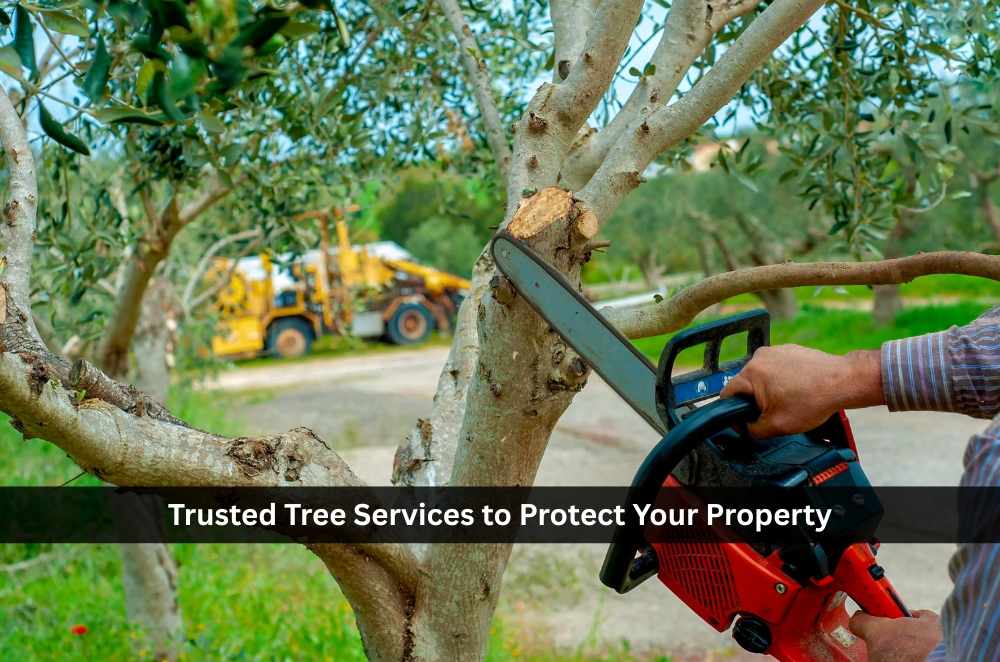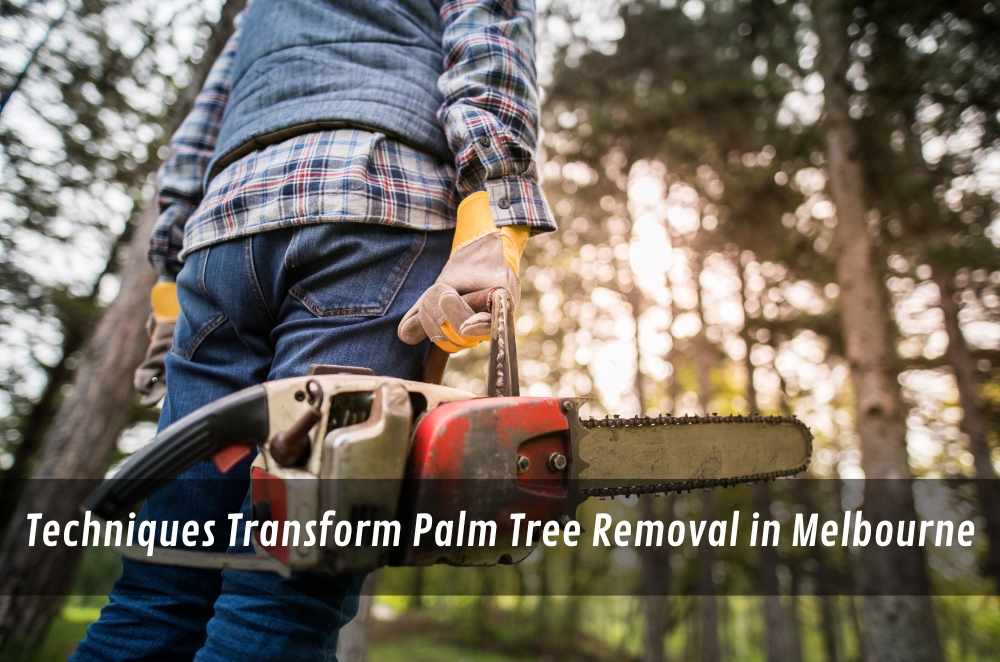
Tree trimming only becomes news when branches crash or winds flex the fence; the rest of the time, we barely notice. Yet regular upkeep quietly keeps roofs intact, paths open, and neighbours relaxed. Summer storms roll through, and loose limbs turn into blunt instruments. That’s when fast help matters. If a limb threatens powerlines or a gum splits at the collar, we lean on emergency tree trimming Melbourne homeowners trust to steady the situation. Quick, safe work prevents broken tiles, smashed cars, and surprises. Still, trimming isn’t only for chaos; it shapes growth, curbs pests, and keeps the place looking cared-for — kerb appeal that earns its keep, day in, day out.
Why is regular tree trimming essential for safety?
Regular tree trimming is essential for safety because it lowers the chance of branch failure in storms and during daily use. It also keeps sightlines clear and reduces clashes with roofs, fences, and power lines.
Left too long, deadwood turns unpredictable; wind loads shift, unions fail, and someone wears the hit. Routine pruning removes weak attachments, balances the crown, and preserves driveway and footpath clearance. The bonus: fewer emergency callouts, fewer insurance dramas, and less debris after summer squalls.
• Prevents hazardous limb drop in rough weather
• Reduces contact with structures and wires
• Improves visibility for vehicles and pedestrians
• Cuts pest harbours and decay progression
Timing matters as well. Late winter suits many species; storm seasons demand closer watch when trimming starts to overlap with removal decisions—the brilliant basics of tree removal help frame risk-aware choices for homeowners.
How does trimming support healthier growth?
Trimming supports healthier growth by directing a tree’s energy to strong, well-placed branches. It thins crowded canopies so light and airflow reach the interior and reduce disease pressure.
Reduced density aids photosynthesis and creates sturdier scaffolding. Young trees respond with straighter leaders; older specimens benefit from removing crossing limbs and dieback. Over time, you’ll notice cleaner structure, fewer snapped tips after wind, and crowns that move rather than fight the breeze.
• Encourages balanced structure and form
• Maximises light and airflow penetration
• Supports flowering and fruiting cycles
• Limits water stress and competition
A tidy canopy also lifts street appeal — subtle, not scalped — and keeps roots in balance with the crown, which matters when soils dry out.
When should you call professionals?
You should call professionals when branches threaten safety, grow near live wires, or show decay, fungi, or sudden splits. Specialists bring the kit, training, and insurance to work at height without compounding risks.
DIY is tempting, but a bad cut can shock a tree or push failure toward the house. Pros assess load paths, pick proper anchor points, and make cuts that seal cleanly. If storms are brewing, act early — triage beats clean-up every time.
Conclusion
Regular trimming isn’t busywork; it’s risk control, tree health, and kerb appeal in one. Plan seasonal pruning, monitor high-risk limbs, and escalate promptly when warning signs appear. For regional context on safe, effective practices that balance aesthetics with hazard control, we point to these Sydney tree trimming safety insights, which show how thoughtful pruning keeps people, property, and trees on the right side of the odds.










Write a comment ...